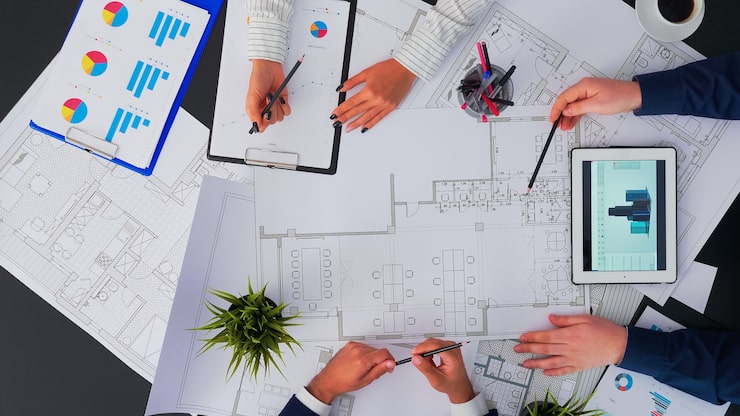Let’s be real—nobody walks past a slick new building and thinks, “Dang, I bet the drafting on this was insane.” Most folks just see the final result and move on. But honestly? None of it happens without a ton of behind-the-scenes sketching, measuring, and wrangling wild ideas into something builders can, you know, actually build. Drafting’s the unsung MVP, quietly turning napkin scribbles into blueprints that don’t collapse after a stiff breeze. Every line, every measurement—those aren’t just there for show. They’re the difference between “wow” and “yikes.”
And sure, drafting isn’t just doodling lines on paper. It’s city-shaping stuff. Now, with all these fancy apps and digital gadgets, drafters are working with laser-sharp tools—stuff that’s light years ahead of the old ruler-and-pencil routine. But don’t get it twisted: the job’s still just as crucial as it was back when people used actual blueprints and not just files named “final_final_for_real_THIS_time.dwg.”

Why Drafting Isn’t Going Anywhere
Some folks seem to think that just cause we’ve got 3D software, VR headsets, and all that jazz, drafting is old news. Yeah, okay—try building a skyscraper with just a VR model. Good luck, buddy. Drafting is the bedrock. All those wild computer models? They’re standing on the shoulders of detailed, dead-accurate 2D plans. If you skip the draft, you end up with a mess. Or worse, a lawsuit.
And let’s not forget—the draft is the master translator. Engineers, architects, builders… they all need to be on the same wavelength, and drafting’s the common language. No more “Wait, you wanted the door where?” moments.
Money-wise, drafting is a lifesaver. A solid draft means fewer screwups on site, less wasted material, and way fewer last-minute “we need to fix this, again” headaches. Basically, it’s what keeps projects from turning into dumpster fires.
From Pencils to Pixels
Back in the day, architectural drafting was all about smudged paper, eraser crumbs, and praying you didn’t sneeze mid-line. Now? There’s AutoCAD, Revit, SketchUp… the works. These programs let people collaborate in ways old-school drafters would’ve sold their souls for. You can tweak things on the fly, zoom in until you’re looking at details the size of ants. It’s bananas.
But the Human Brain Still Runs the Show
Here’s the kicker: you can automate a lot, but you can’t automate taste, intuition, or that gut feeling that something just looks off. The software’s fast, sure, but it’s the person behind the mouse who turns rectangles and circles into buildings people actually want to stand in. Magic? That’s all humans. No AI’s gonna replace a drafter’s creative brain anytime soon.
That’s why the best buildings feel alive. There’s a bit of artistry jammed in between all the math and measurements. Drafting’s where numbers meet imagination, and when does that click? You get spaces that actually mean something.
Honestly, most of those shiny, green-certified buildings? They owe half their eco cred to the drafts that mapped every inch before the first shovel hit dirt.

Conclusion: Drafting the Future
Look, drafting’s gone digital, but it’s never lost its edge. And as tech gets fancier, drafting just gets more powerful. At the end of the day, it’s not just about buildings—it’s about shaping the way we actually live. And that’s never going out of style.




Leave a Reply